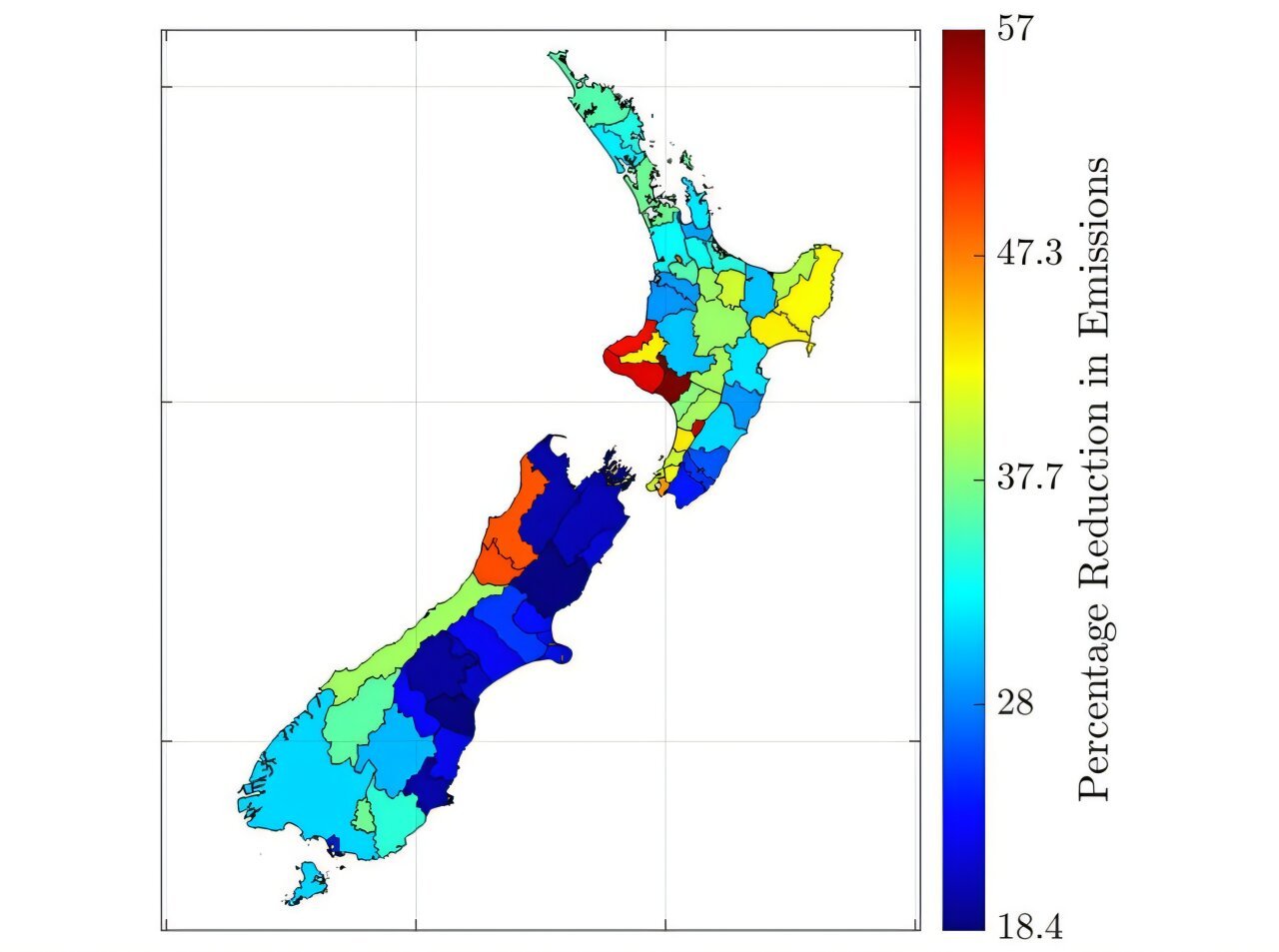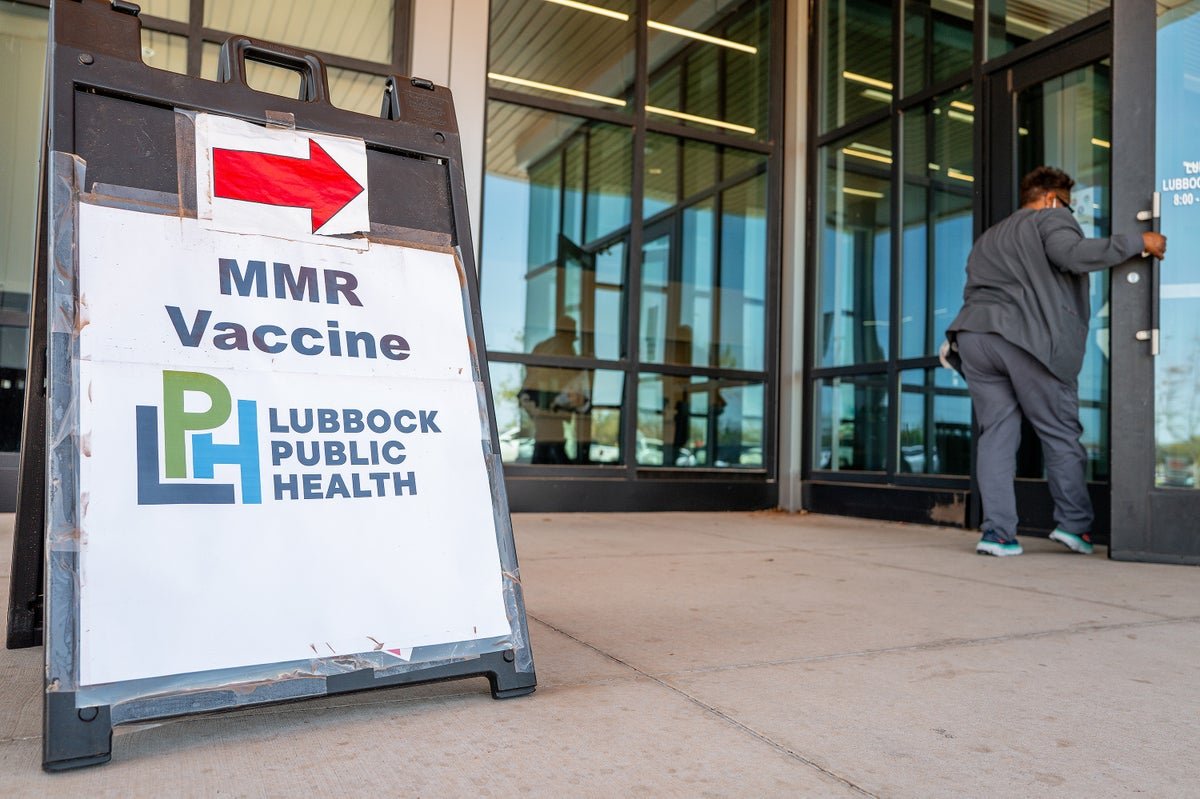
Taranaki and the upper West Coast have the most potential to reduce heat-related carbon emissions and reliance on natural gas resources, a new University of Otago—Ōtākou Whakaihu Waka-led study shows.
Led by Associate Professor Michael Jack, Director of the Sustainable Energy Program in the Department of Physics, the research maps how much energy is used in each Aotearoa region to heat its homes and hot water, and the carbon emissions associated with this.
Taranaki and the upper West Coast both use a lot of fossil fuels for space and water heating and thus have the most potential to reduce emissions by moving to cleaner forms of energy.
Heating residential and commercial spaces and water is the third largest contributor to global energy-related carbon emissions, which is a known factor in climate change and global warming.
When it comes to reducing these emissions in New Zealand, Professor Jack says there has been a big focus on decarbonizing industrial heat—like shifting away from gas and coal—but much less on residential heat.
“In fact, we only have estimates for the total national demand for residential heat in New Zealand.”
Published in the journal Energy and Buildings, the study mapped the geographical distribution of residential space heating, domestic hot water, and associated greenhouse gas emissions using climate, housing and census data.
“This breakdown is important for targeted regional initiatives to identify focus areas and develop detailed plans for low-carbon energy distribution networks, such as electricity distribution networks and district heating schemes.”
That breakdown revealed some surprising findings, Associate Professor Jack says.
“The regions that have higher proportion for carbon emissions are not necessarily the coldest parts of New Zealand, they are more related to the proportion of carbon-intensive fuels used in that area.
“For example, Christchurch and Dunedin, although some of the colder cities in New Zealand, have some of the lowest potential to reduce emissions due to the low use of LPG/natural gas.”
Much of the research behind this paper was conducted by student Hannah Konings during her Bachelor of Science with Honors project in Sustainable Energy.
Associate Professor Jack hopes the results will be used to develop detailed, regionally-specific decarbonization strategies that also reduce reliance on limited gas resources.
This echoes a recent report by the New Zealand Green Building Council (NZGBC) that highlights the potential savings for homes and businesses if gas and inefficient electric heaters are replaced with heat pumps.
This will reduce the demand for, and protect, the country’s natural gas resources.
NZGBC Chief Executive Andrew Eagles says Otago’s research shows the “huge opportunity” there is to ease the pressure on the heating systems in our homes and buildings and the regions that should be prioritized.
“Gas supplies are depleting and industrial users, who are often major breadwinners in these regions, are struggling,” Eagles says. “It’s low-hanging fruit that will support Kiwi families to keep bills down while freeing up supply.”
More information:
M.W. Jack et al, Regional breakdown of New Zealand’s residential heat demand and associated emissions, Energy and Buildings (2025). DOI: 10.1016/j.enbuild.2025.115715
Provided by
University of Otago
Citation:
Study maps New Zealand’s residential carbon emissions (2025, August 21)
retrieved 21 August 2025
from https://phys.org/news/2025-08-zealand-residential-carbon-emissions.html
This document is subject to copyright. Apart from any fair dealing for the purpose of private study or research, no
part may be reproduced without the written permission. The content is provided for information purposes only.




